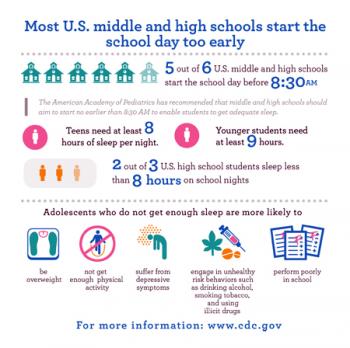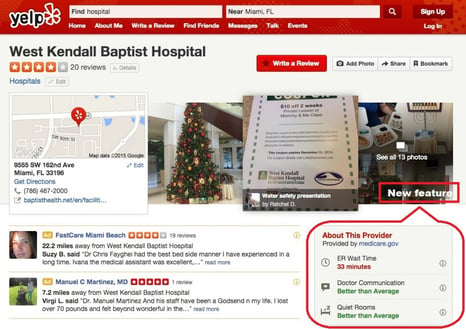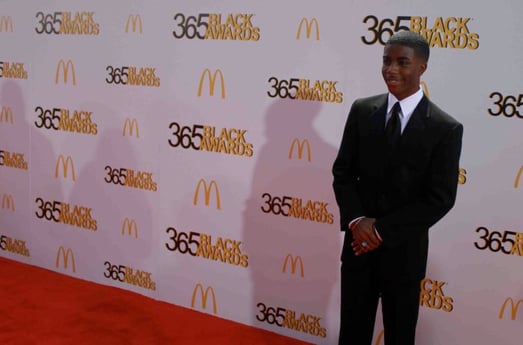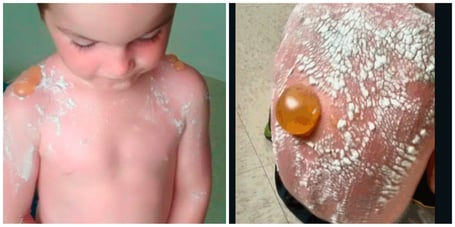Jennifer Thew, RN, for HealthLeaders Media

Have you ever been at work and found yourself having a repeated conversation about the same topic over and over again? Do some days feel like dejavu? Well, you are not alone. The Nursing profession has issues that have been around forever and these professionals want to discuss ways of moving towards the future instead of being held back by its past.
A dean of nursing, a CNO, and a former staff nurse share their thoughts on issues that have long plagued nursing, and discuss how to create a more cohesive profession.
Cherry Ames, The English Patient, and Nurse Jackie are all well-known, fictional works that depict nurses. Yet, if I had to choose the one that most accurately represented our profession, I'd actually go with a write-in candidate— the movie Groundhog Day. Yes, the Bill Murray movie. Yes, I know none of the characters are nurses.
I'd choose it because Murray's character is forced to repeat the same day over and over until he's finally able to learn from his mistakes and break the cycle. I think the nursing profession suffers this same fate at times. For decades, we've been going around and around on issues such as educational preparation, staffing levels, and even proper hand washing.
Unlike Bill Murray's vexed, but persistent character, we can't seem to come to a resolution that will break the cycle of repetition.
I spent the majority of my nursing career as a staff nurse, with a brief foray into management, so when the book, The Nurse's Reality Shift: Using History to Transform the Future, crossed my path, I was eager to talk with its author, Leslie Neal-Boylan, PhD, RN, to get some insight on how nursing can move forward to the future rather than continuing to be bogged down by the past.
For our discussion, Neal-Boylan, who is dean and professor of the College of Nursing at the University of Wisconsin-Oshkosh (my alma mater), we focused on a few issues that persist in nursing: staff shortages and disunity.
After we spoke, I caught up with Kathy Bonser, MS, RN, vice president and chief nursing officer at SSM Health DePaul Hospital in St. Louis, to get a nurse executive's take on the same issues:
Shortages: A Thing of the Past, and of the Future
Since the 1930s, nursing has gone through cycles of shortages and surpluses. While the RN shortage predicted to occur around 2014 was muted by the 2008 economic crash that prevented seasoned nurses from retiring, the Health Resources and Services Administration says about one-third of the nursing workforce is approaching typical retirement age. If this group does retire, we'll need to educate new nurses to fill the open positions.
Fortunately nursing school enrollment is up, says the American Association of Colleges of Nursing. However, qualified candidates are being turned away—68,938 from baccalaureate and graduate programs in 2014—and one of the contributing factors is a shortage of nursing faculty. According to the association's survey on vacant faculty positions, there were 1,236 vacant full-time faculty positions for the 2014–2015 academic year.
"In academe, shortages of qualified faculty are a big challenge," says Neal-Boylan. "More and more people want to be nurses, which is wonderful, but having doctorally prepared nurses is a challenge. And certainly the DNP has helped with that, but it really was not designed for a nurse educator per se in academe."
While Bonser has not yet seen a large shortage of nurses at her facility, she says that a faculty shortage could indeed affect the number of nurses coming into the pipeline. And if hospitals choose to go the route of only hiring BSN-prepared nurses, they may feel the pinch sooner rather than later.
At SSM, they've "been pretty successful recruiting the graduate nurses because some of our competitors in the market made that choice to only hire BSN," she says. "We've stayed committed [to hiring ADN nurses] because of relationships that we have with many of our community colleges that surround our hospitals."
I graduated with a BSN in 1998, at the beginning of a nursing shortage. My career advice to new nurses is to be flexible and be willing to move to find a job. My advice to nurse executives looking to fill nurse vacancies is to extend your recruitment efforts nationwide rather than just locally.
Disunity: 3.1 Million Nurses Can't Agree
Nursing administration and staff nurses often don't see eye-to-eye on major issues and a gap the size of the Grand Canyon has opened between them.
"Because of how we've set things up in nursing, there's not a lot of opportunity for those two groups to interact and to appreciate and understand what the other is doing for nursing and to really maximize what we could do if we were much more cohesive," says Neal-Boylan.
This can result in "…people who are very much in the position of making a lot of decisions for the profession and might not necessarily be close anymore to what the actual needs are of the nurse who's taking care of the patient," she says.
Bonser says she does not feel this disconnect at SSM DePaul, but she agrees that nurse executives need to stay attuned to what direct care nurses need. She even encourages giving those at the point- of-care the power to make decisions. "From an organizational perspective… I've got to have the people at the bedside making decisions about how the work is done because I can't possibly know that," she says.
In addition to a shared governance model, executives at SSM DePaul do monthly leadership rounds in all of the hospital's departments. "That's how we stay connected to our front line staff and understand and learn from their perspective what is satisfying them in their work, what's making their work harder, and what barriers do I, as a leader, need to help remove for them."
I have to say that this topic cuts both ways. I've heard many staff nurses say they have never felt valued by a CNO or nurse manager, but I also wonder if these same nurses extend the respect they crave to their executives.
When something does go right or a good decision is made do they thank their unit director or other nurse executives? Do they have the moral courage to speak up and articulate a problem in a professional way so it can be solved? If not, they probably should, because as I learned from a CNO I once worked with, "a closed mouth cannot be fed."
In order for things to change, you have to ask for what you need in a respectful, articulate manner. Working to make respect flow back and forth among nurses of all positions is one way I think we can to start building a united profession.
Think of all that nurses could accomplish if they could set a unified agenda and speak with a unified voice. We could truly change the health of the nation if all 3.1 million of us acted as one.
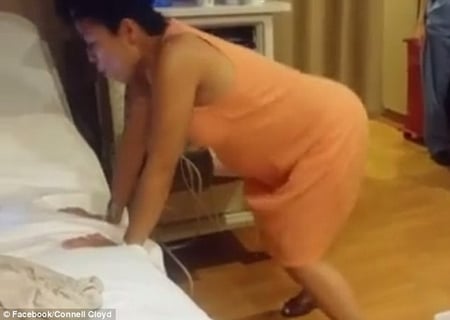 As Nurses, I'm sure you’ve seen a wide variety of ways women deal with their labor pains. But have you ever had a patient dance the pain away? This woman did it and we want to thank her husband for getting it all on video.
As Nurses, I'm sure you’ve seen a wide variety of ways women deal with their labor pains. But have you ever had a patient dance the pain away? This woman did it and we want to thank her husband for getting it all on video.


 Bob Marley said, "One good thing about music, when it hits you, you feel no pain." Another good thing about music, researchers believe it can reduce pain.
Bob Marley said, "One good thing about music, when it hits you, you feel no pain." Another good thing about music, researchers believe it can reduce pain. 


